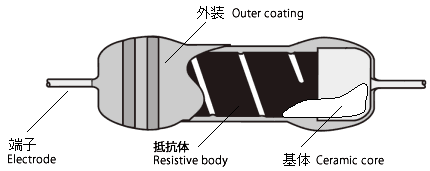Technical article
What is Resistor?
To understand a resistor, the important thing is to understand Ohm's Law, first of all.
This is the basic knowledge.
Ohm's Law means [the current what flows in to an electric conduction object is proportional to the voltage of both end of it] and defines the relationships between (E) voltage, (I) current, and (R) resistance as below.

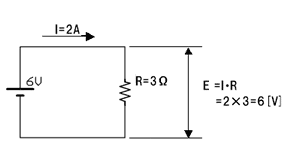
R is proportionality coefficient and called resistance(electric resistance). Resistance volume code is R, unit code is ¦¸(ohm), and electronic symbol is expressed as below.
[Electronic symbols of resistor£Ý
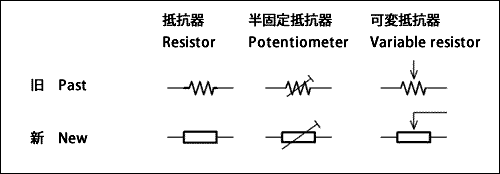
If the resistance is higher, the current will be difficult to flow, but easy to flow if the resistance is lower. In other words, resistor works to keep the current flowed to a circuit stable and to change it if necessary. Resistor also works to decrease the voltage or divide the voltage.
Resistor is thus indispensable product for one of the fundemental components of electric circuit, as capacitors and inductors.
Material construction and role
Resistor is basically composed of following four elements.
Base substrate: holds resistive body and terminals
Alumina type insulators are most used for base substrate of resistors.
We have to select suitable material(thermal conductivity, thermal expansion of coefficient, mechanical strength) according to the purpose of resistor.
Resistive body: part that determines basic features and performances of resistor
 Electric resistance
Electric resistance
Here is the substance as shown in right
When
Section area[cm2]£ºS
Length[cm]£ºL
Specific resistance of the substance[¦¸・cm]£º¦Ñ
Electric resistance R of this substance would be R£½¦Ñ・L £¯ S [¦¸]
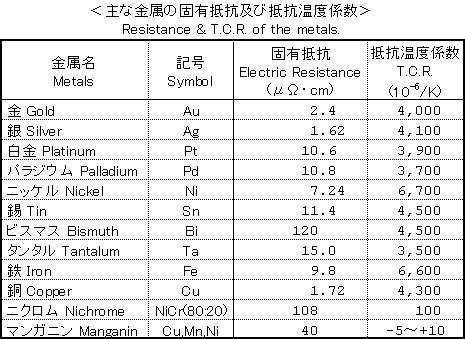
Terminal: part that connects resistive body and base substrate(circuit pattern) both electronically and mechanically
Voltage or current is applied to terminal. Resistor should have suitable terminal construction and shape according to the mounting method.
To improve the mounting density and to reduce the mounting cost, surface mount device(SMD) are predominated now.
Coating: To protect resistive element and base substrate from air and mechanical stress.
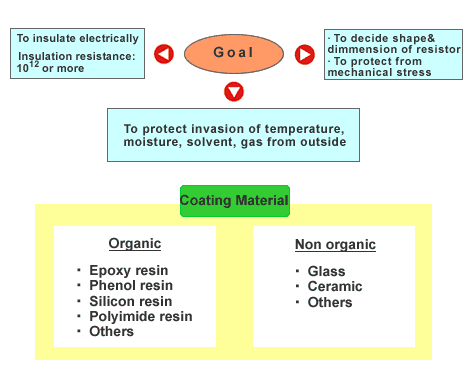
Construction example of resistor
Flat Chip Resistor
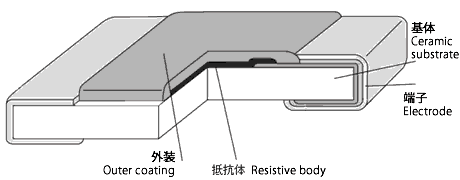
Lead type Resistor(film type)
